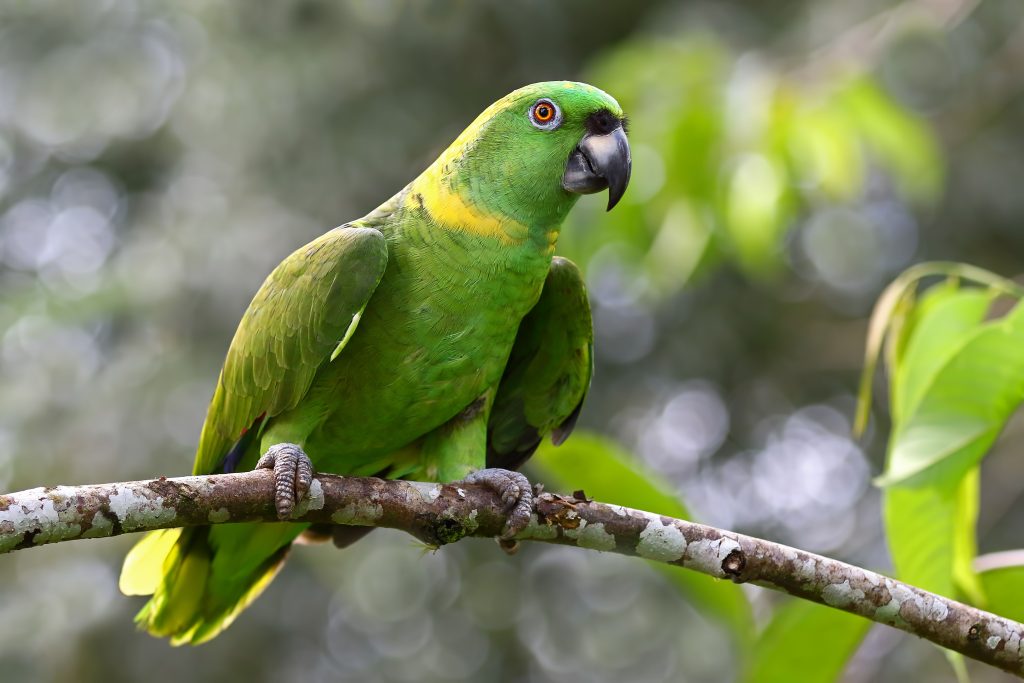Yellow Naped Amazon Parrot Facts
Yellow-Naped Amazon parrots, with their striking green plumage and vibrant personalities, are beloved members of the parrot family. These remarkable birds have captured the hearts of bird enthusiasts and pet owners alike. In this comprehensive guide, we’ll delve into the world of Yellow-Naped Amazons, uncovering intriguing facts about their habitat, behavior, and unique characteristics.
Heading 1: Physical Characteristics
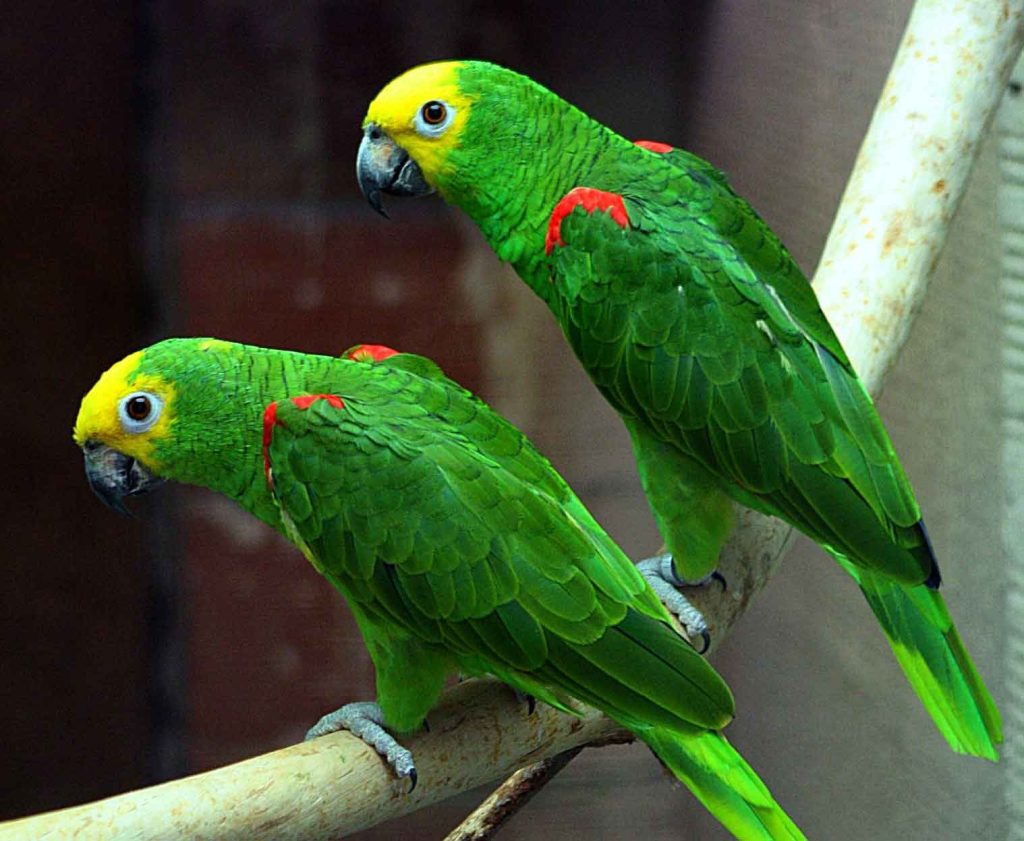 Yellow-Naped Amazons are known for their distinct physical features. Their predominantly green feathers are accentuated by a bright yellow patch on the nape of their neck, giving them their name. These parrots also have striking red markings on their wings and a sturdy, curved beak designed for various tasks. Explore their remarkable physical traits and how they contribute to their survival in the wild.
Yellow-Naped Amazons are known for their distinct physical features. Their predominantly green feathers are accentuated by a bright yellow patch on the nape of their neck, giving them their name. These parrots also have striking red markings on their wings and a sturdy, curved beak designed for various tasks. Explore their remarkable physical traits and how they contribute to their survival in the wild.
Yellow-Naped Amazon parrots have evolved a range of physical characteristics that make them unique among parrot species. Their bright yellow nape patch serves as both a camouflage and a communication tool. In the dense green canopies of their natural habitat in Central America, this patch helps them blend in, making it harder for predators to spot them. Additionally, during displays or interactions, the yellow nape patch can be fluffed up to signal excitement or as a sign of aggression.
Heading 2: Habitat and Range
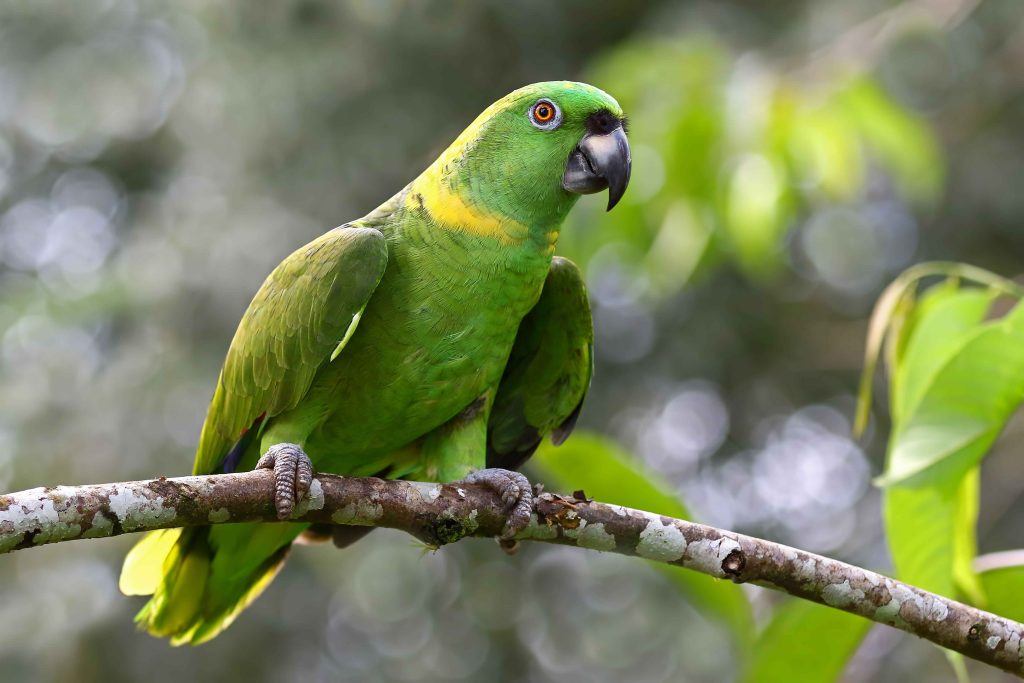 Yellow-Naped Amazons primarily inhabit the tropical rainforests of Central America. Discover their specific range, the diverse ecosystems they call home, and the critical role they play in these environments.
Yellow-Naped Amazons primarily inhabit the tropical rainforests of Central America. Discover their specific range, the diverse ecosystems they call home, and the critical role they play in these environments.
These parrots are native to a variety of Central American countries, including Honduras, Nicaragua, and Guatemala. They thrive in lush, dense rainforests and wooded areas, often found at elevations of up to 1,500 meters. Within these habitats, they serve as essential seed dispersers for a variety of plant species, aiding in the forest’s ecological balance. Sadly, their habitat is threatened by deforestation, making conservation efforts crucial for their survival.
Heading 3: Social Behavior and Communication
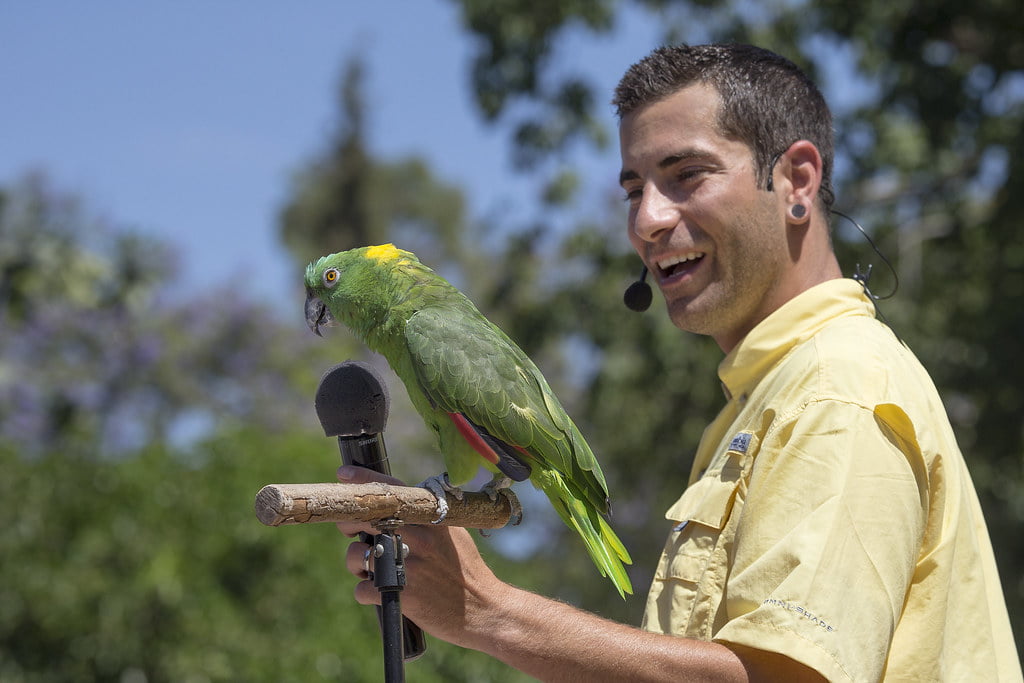 Yellow-Naped Amazons are known for their complex social structures and intricate communication methods. Dive into the fascinating world of their interactions, vocalizations, and hierarchies.
Yellow-Naped Amazons are known for their complex social structures and intricate communication methods. Dive into the fascinating world of their interactions, vocalizations, and hierarchies.
These parrots are highly social and often form strong bonds with their flock members. They communicate using a wide range of vocalizations, including squawks, screams, and melodic calls. Their ability to mimic sounds from their environment and human speech makes them popular pets. In the wild, their social structure involves a dominant breeding pair, with other individuals taking on various roles within the flock. Their communication extends beyond vocalizations, encompassing body language, preening, and even play behavior, all of which contribute to their intricate social fabric.
Heading 4: Diet and Feeding Habits
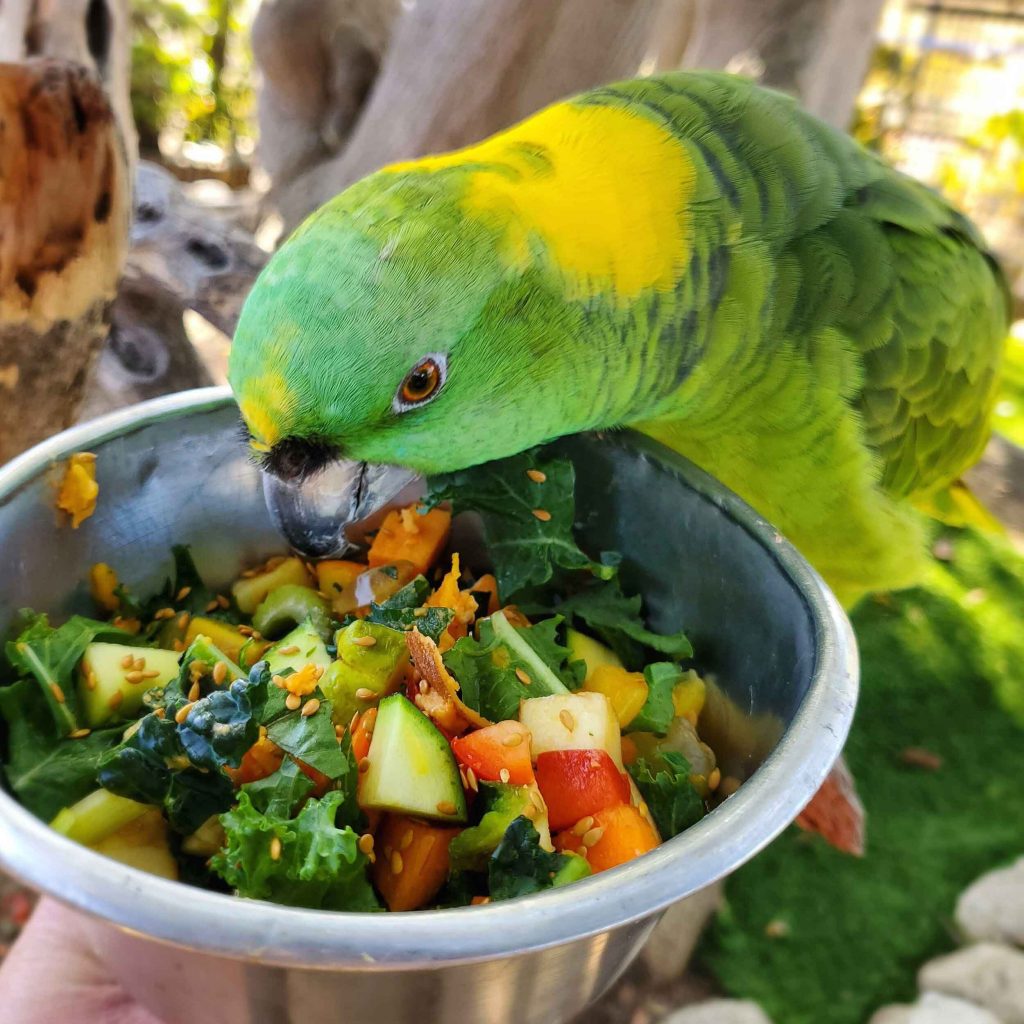 Understanding the dietary preferences and foraging behavior of Yellow-Naped Amazons is essential for their conservation and care in captivity. Explore their diverse diet and foraging strategies.
Understanding the dietary preferences and foraging behavior of Yellow-Naped Amazons is essential for their conservation and care in captivity. Explore their diverse diet and foraging strategies.
Yellow-Naped Amazons are omnivorous and have a varied diet consisting of fruits, nuts, seeds, and occasionally insects. Their strong beaks are well-suited for cracking open nuts and seeds, which play a crucial role in their nutrition. In the wild, they forage for food in the tree canopies, often traveling long distances in search of seasonal fruits and nuts. Understanding their natural diet is essential for providing proper nutrition when keeping them as pets.
Heading 5: Breeding and Reproduction
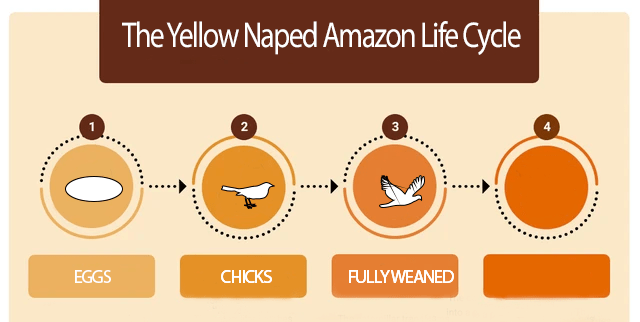 The breeding and reproduction habits of Yellow-Naped Amazons shed light on their family dynamics and the challenges they face in the wild. Learn about their courtship rituals, nesting habits, and the threats to their breeding success.
The breeding and reproduction habits of Yellow-Naped Amazons shed light on their family dynamics and the challenges they face in the wild. Learn about their courtship rituals, nesting habits, and the threats to their breeding success.
Breeding for Yellow-Naped Amazons typically occurs during the dry season, which provides a stable environment for raising chicks. Courtship rituals involve elaborate displays, vocalizations, and mutual preening between pairs. These parrots are cavity nesters, often utilizing hollow tree trunks or abandoned nest sites of other birds. Unfortunately, nest predation and habitat destruction pose significant challenges to their breeding success, emphasizing the importance of conservation efforts to protect their nesting sites.
Heading 6: Conservation Status and Efforts
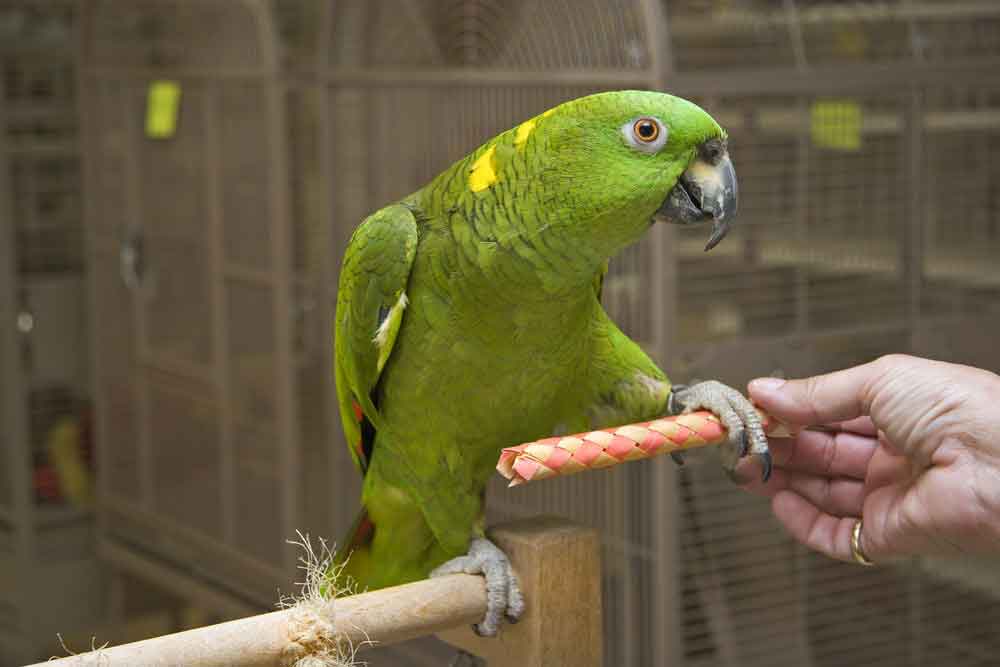 Yellow-Naped Amazons face various threats in the wild, leading to a concerning decline in their populations. Explore their conservation status, the factors driving their endangerment, and the initiatives aimed at preserving these magnificent birds.
Yellow-Naped Amazons face various threats in the wild, leading to a concerning decline in their populations. Explore their conservation status, the factors driving their endangerment, and the initiatives aimed at preserving these magnificent birds.
The conservation status of Yellow-Naped Amazons is listed as “Endangered” due to habitat loss, illegal pet trade, and the capture of wild individuals. These factors have resulted in a significant decline in their populations. Conservation organizations and governments are working tirelessly to protect their habitats, enforce anti-trafficking laws, and support captive breeding programs to reintroduce individuals into the wild. By raising awareness and contributing to these efforts, we can help ensure the survival of this iconic parrot species.
Heading 7 Price Range

Certainly, here’s a brief description of the price ranges for various yellow Amazon parrot species:
- Yellow-naped Amazon Parrot (Amazona auropalliata): Yellow naped Amazons are renowned for their exceptional talking ability and striking yellow plumage on their nape. These intelligent and social birds typically range in price from $1,000 to $3,500, depending on factors like age, health, and breeder reputation.
- Yellow-headed Amazon Parrot (Amazona oratrix): Recognized for their vibrant yellow head and playful nature, Yellow-headed Amazons are highly sought after. Prices for these charismatic parrots can vary, ranging from $800 to $2,500 or more, influenced by age and demand.
- Double Yellow-headed Amazon Parrot (Amazona oratrix): The Double Yellow-headed Amazon is a sub-species of the Yellow-headed Amazon and is known for its striking double yellow coloring on its head. Due to their unique appearance, they can command prices between $1,500 and $5,000.
- Blue-fronted Amazon Parrot (Amazona aestiva): While not entirely yellow, Blue-fronted Amazons have a captivating yellow facial patch and are famous for their playful antics. These birds generally cost between $800 and $2,500, with variations based on age and coloration.
- Yellow-crowned Amazon Parrot (Amazona ochrocephala): The Yellow-crowned Amazon is another delightful species, with yellow feathers on its crown. Their prices range from $600 to $2,000, depending on age, health, and breeder reputation.
- Yellow-lored Amazon Parrot (Amazona xantholora): These smaller Amazons sport yellow lores and are known for their sweet personalities. Yellow-lored Amazons are often more affordable, with prices typically falling between $400 and $1,500.
Conclusion:
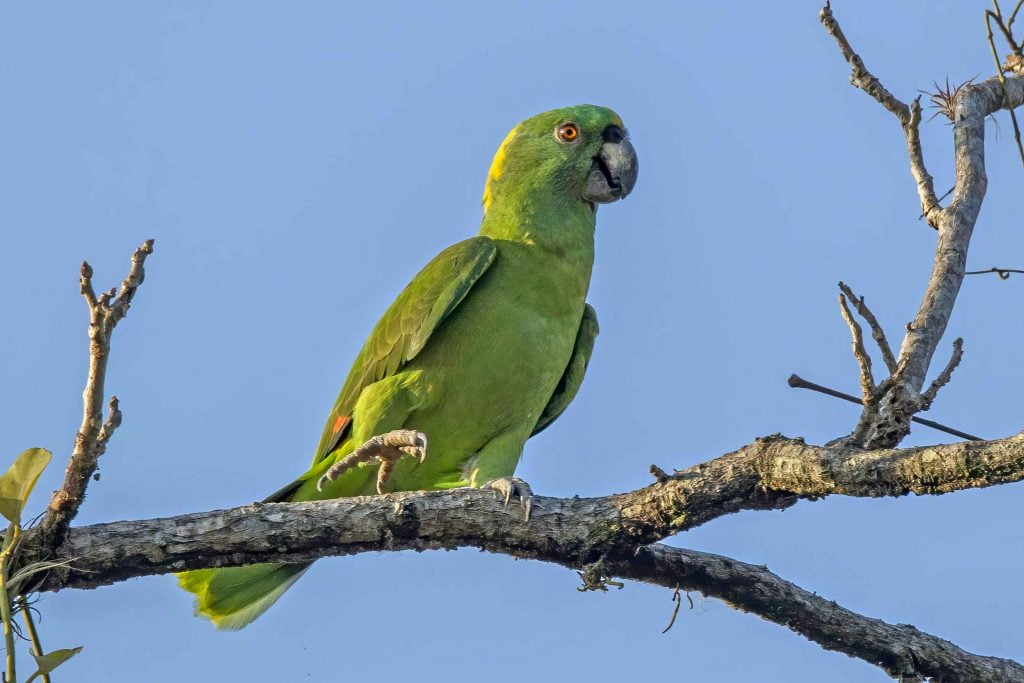 Yellow-Naped Amazon parrots are a testament to the beauty and diversity of the avian world. From their vibrant plumage to their complex social behaviors, these parrots continue to captivate and inspire. By understanding their profile and the challenges they face, we can contribute to their conservation and appreciate the vital role they play in their ecosystems.
Yellow-Naped Amazon parrots are a testament to the beauty and diversity of the avian world. From their vibrant plumage to their complex social behaviors, these parrots continue to captivate and inspire. By understanding their profile and the challenges they face, we can contribute to their conservation and appreciate the vital role they play in their ecosystems.
Thank you for joining us on this journey to uncover the intriguing world of Yellow-Naped Amazons. Remember, every effort counts in protecting these remarkable birds and preserving the biodiversity of our planet.
